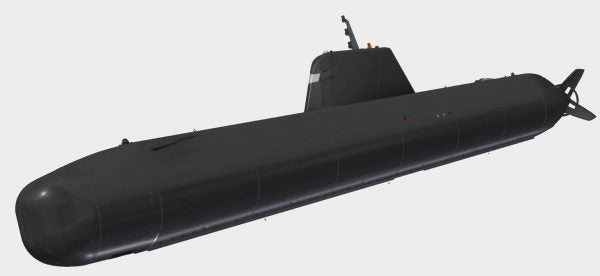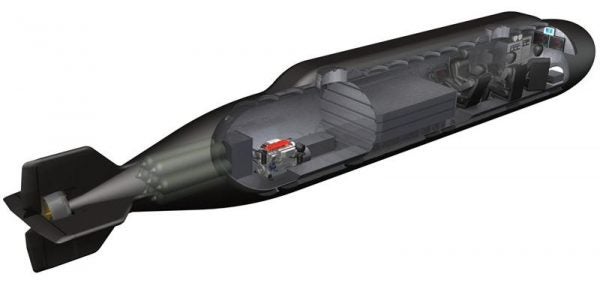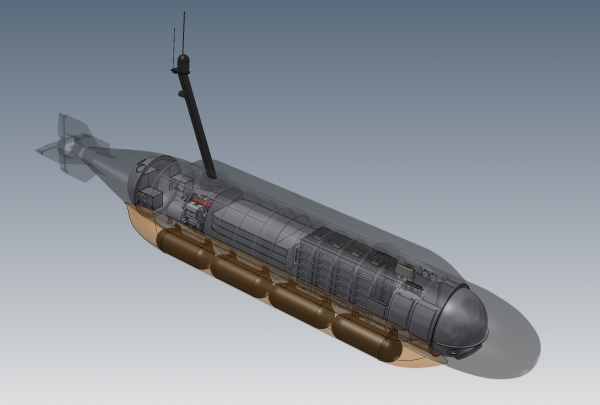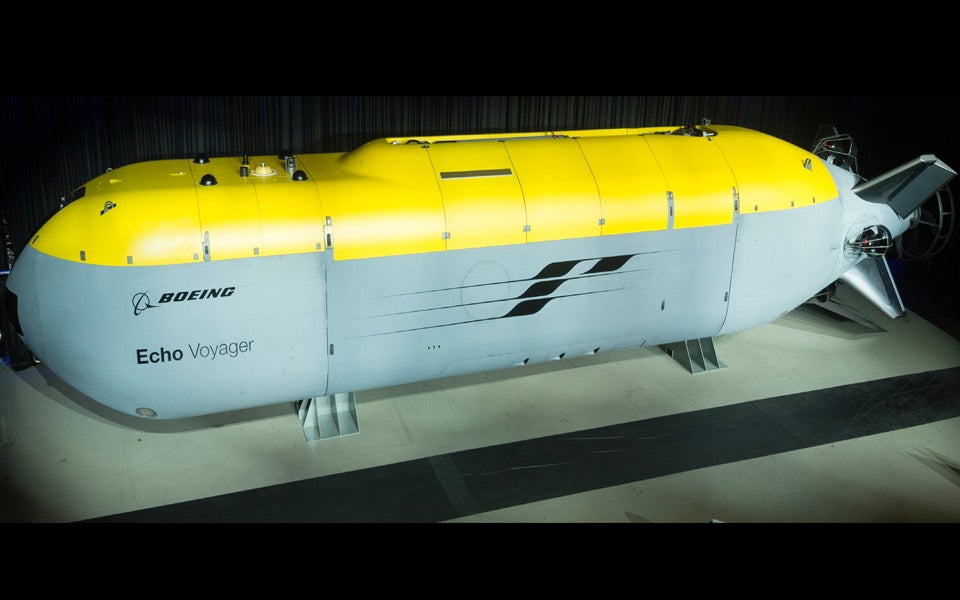Unmanned Submarines in the Royal Navy – The Manta
Over the last year, the Royal Navy has been catching up with some of the world’s other navies in their acquisition of autonomous underwater capability. This may not seem like something new, as remote operated vehicles have been available for underwater exploration for many years, however, the militarisation of the capability, as well as the need to have them operating untethered and over significant distances, gives rise to the new demand. The inclusion of the autonomous element is the technological advancement that is most interesting. It be developed as an ‘Extra-Large Unmanned Underwater Vehicle (XLUUV)’.
The call for innovation, issued by the Defence and Security Accelerator and awarded in June 2019, sought proposals to ‘to understand the utility and operational boundaries of an autonomously operating unmanned underwater vehicle (UUV) system.’ The first phase – a 12 month trial – made £1 million available, with a second phase – over two years – had an additional £1.5 million allocated. The size of the vehicle was required to deploy a 1m3 and 250kg payload in phase 1 with some increases after phase 2. The second phase also enhanced the military capabilities, such as electronic systems and stealth capability.
Earlier, on 5 March, the Royal Navy issued a statement confirming that MSubs Ltd, a company in Plymouth, a city in Devon well known for its naval heritage, had been awarded the contract and the new XLUUV will be known as the Manta. The current climate in which the Manta will operate is dominated by Russian activity in the North Atlantic and these are clearly seen to supplement, at relatively low cost, the Astute and Dreadnought class submarines of the next thirty years. Given the need to temper deterrence with active war-like postures, these XLUUVs could be seen as a much more defensive system than the aggressive posture that both Astute and Dreadnought pose. The Manta is said to be a 30-metre long vessel and with a range of up to 3,000 nautical miles. Further information on MSubs’ website shows it is 8.9 tonnes and can operate for 48 hours up to 305m deep. It can also be navigated by one person on the surface.



(Courtesy of MSubs)
The unmanned nature of the XLUUV has the potential to solve some of the recruitment issues faced by the Submarine Service of the Royal Navy. With a generation of constant interactivity with others far and wide, becoming a submariner is a challenging prospect for many.

The US Navy’s Orca programme resulted in a contract for four XLUUVs awarded in February 2019. For the four, the contract has been set at $43 million. If the MSubs programme remains at £2.5 million in total, then it shows a significant cost saving over the use of the prime contractors’ offering.
